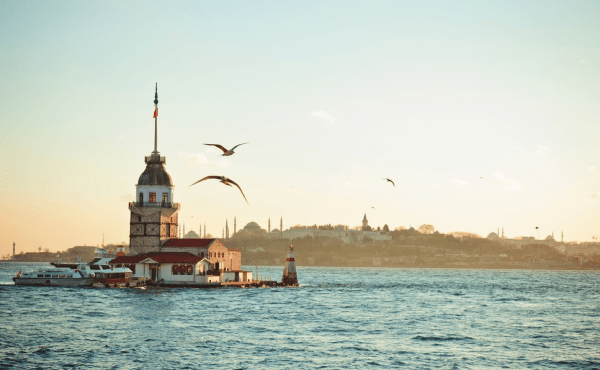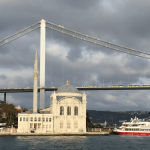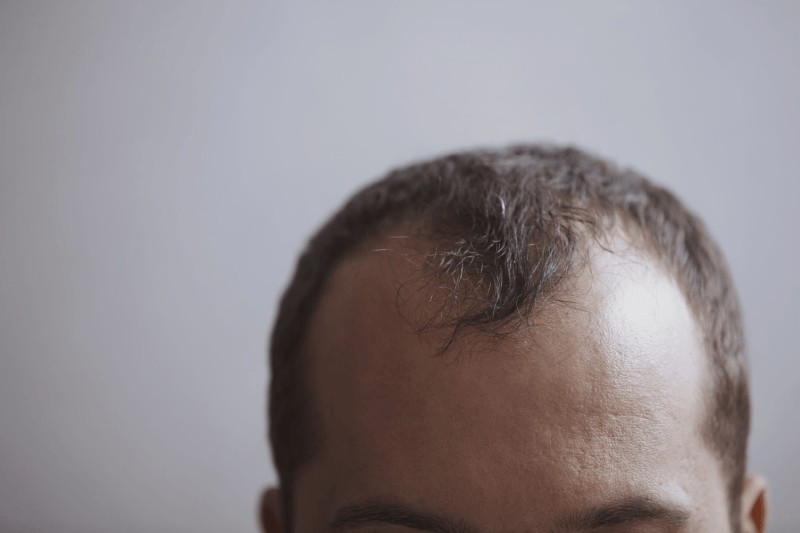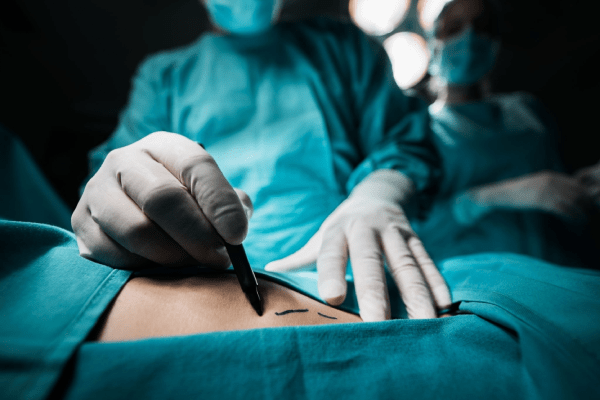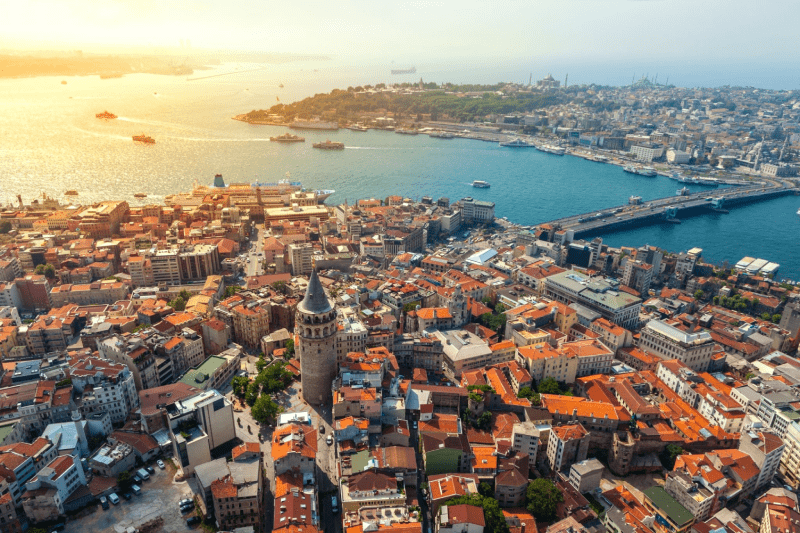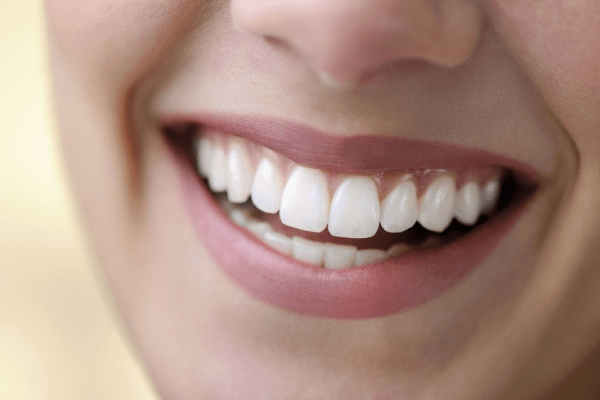Revision Rhinoplasty in Istanbul: What You Need to Know
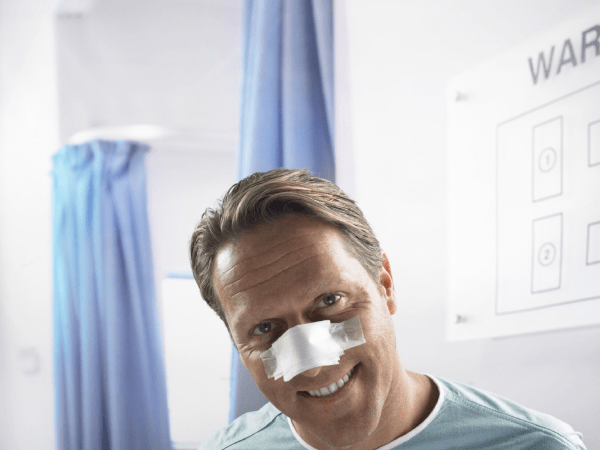
Rhinoplasty, also known as nose surgery, is a cosmetic procedure that alters the size or shape of the nose. While rhinoplasty can enhance one’s appearance and boost self-confidence, it doesn’t always go as planned. Some patients may require a revision rhinoplasty, also known as secondary rhinoplasty, to correct complications or achieve their desired results. In this article, we will discuss everything you need to know about revision rhinoplasty, including its benefits, risks, and recovery.
What is Revision Rhinoplasty?
Revision rhinoplasty, also known as secondary rhinoplasty, is a surgical procedure that is performed to correct or improve the results of a previous rhinoplasty. Revision rhinoplasty can be more challenging than primary rhinoplasty since it involves correcting an already operated nose, which has scar tissue and altered anatomy.
Reasons for Revision Rhinoplasty
Revision rhinoplasty may be required for various reasons. Here are some of the most common reasons:
- Unsatisfactory Results
Some patients may not be happy with the results of their primary rhinoplasty. They may feel that their nose looks unnatural, asymmetrical, or does not match their facial features. Revision rhinoplasty can help to correct these issues and achieve the desired results.
- Functional Complications
Functional complications such as breathing problems, congestion, and sleep apnea can occur after a primary rhinoplasty. Revision rhinoplasty can correct these functional issues by improving the airflow through the nasal passages.
- Cosmetic Imperfections
Cosmetic imperfections such as a crooked nose, a bulbous tip, or uneven nostrils can occur after a primary rhinoplasty. Revision rhinoplasty can correct these imperfections and improve the overall appearance of the nose.
- Trauma
In some cases, trauma to the nose may occur after a primary rhinoplasty. Revision rhinoplasty can help to repair the damage and restore the nose to its original shape and function.
Benefits of Revision Rhinoplasty
Revision rhinoplasty can offer several benefits to patients, including:
- Improved Aesthetics
Revision rhinoplasty can correct the imperfections of a primary rhinoplasty and improve the overall appearance of the nose. The procedure can help to achieve a more balanced, symmetrical, and natural-looking nose that complements the patient’s facial features.
- Correction of Breathing Issues
Revision rhinoplasty can improve breathing issues caused by the previous surgery. It can help to restore proper airflow through the nasal passages, reduce congestion, and alleviate sleep apnea symptoms.
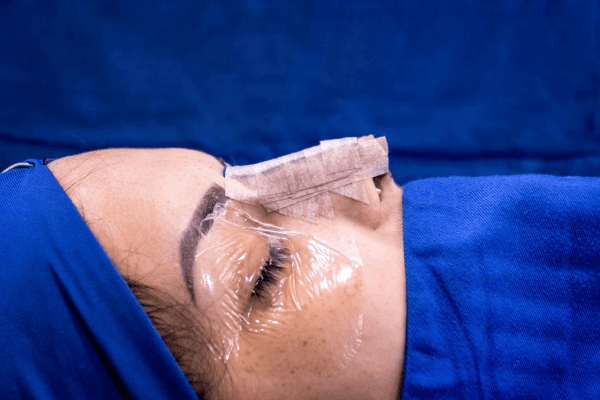
Risks and Side Effects of Revision Rhinoplasty
Like any surgical procedure, revision rhinoplasty comes with risks and side effects. Some of the potential risks include:
- Anesthesia Complications
Patients may have adverse reactions to anesthesia, such as allergic reactions or breathing difficulties.
- Infection
Infections can occur after any surgical procedure, and revision rhinoplasty is no exception. The patient may require antibiotics to prevent and treat infections.
- Bleeding
Patients may experience bleeding during or after the surgery. In some cases, additional surgery may be required to address the issue.
- Scarring
Revision rhinoplasty can leave visible scars, especially if the procedure involves making incisions. However, skilled surgeons can minimize the appearance of scars.
- Nerve Damage
Revision rhinoplasty can cause nerve damage, which can lead to numbness, tingling, or loss of sensation in the nose or surrounding areas.
- Septal Perforation
Septal perforation is a rare complication that can occur when the septum, the wall that separates the nostrils, is damaged during the surgery. It can cause nasal obstruction and other symptoms.
Revision Rhinoplasty Failure
Revision rhinoplasty may not always achieve the desired results. It is essential to choose an experienced and skilled surgeon to minimize the risk of failure.
Preparation for Revision Rhinoplasty
Before undergoing revision rhinoplasty, the patient will need to prepare for the surgery. This may involve:
- Getting a comprehensive medical evaluation to assess the patient’s health status
- Quitting smoking at least two weeks before the surgery to minimize the risk of complications
- Avoiding certain medications and supplements that may increase the risk of bleeding
- Arranging for someone to drive the patient home after the surgery and help them during the recovery period
Procedure for Revision Rhinoplasty
The procedure for revision rhinoplasty may vary depending on the patient’s specific needs and the surgeon’s approach. In general, the procedure may involve:
- Administering anesthesia
- Making incisions to access the nasal structure
- Rebuilding the nose by removing or adding cartilage, bone, or tissue
- Closing the incisions with sutures
- Applying a splint or cast to support the nose during the healing process
- Recovery and Aftercare
After revision rhinoplasty, the patient will need to follow specific instructions for postoperative care and recovery.
What is the Recovery Process of Revision Rhinoplasty Surgery?
- Keeping the head elevated to reduce swelling and promote healing
- Taking pain medication as prescribed to manage discomfort
- Applying cold compresses to reduce swelling and bruising
- Avoiding strenuous activities or exercises for several weeks after the surgery
- Following a specific diet to minimize constipation, which can cause straining and increase pressure on the nose
- Follow-up Appointments
The patient will need to schedule follow-up appointments with the surgeon to monitor the healing process and remove any sutures or dressings. The surgeon may also provide instructions on how to care for the nose during the recovery period.
- Resuming Normal Activities
Most patients can resume their normal activities within two to three weeks after the surgery. However, it may take several months for the nose to fully heal and for the final results to become visible.
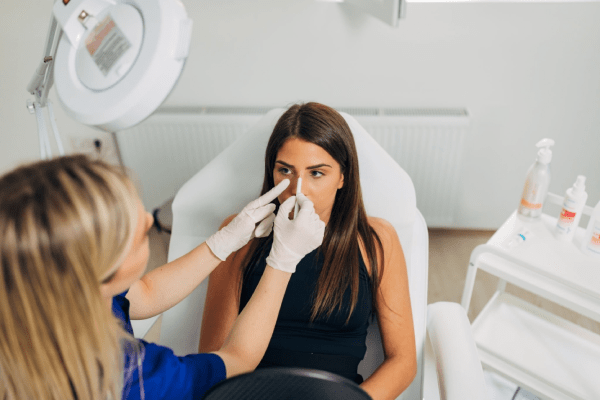
Cost of Revision Rhinoplasty
The cost of revision rhinoplasty may vary depending on several factors, such as the surgeon’s experience, the extent of the surgery and the geographic location. On average, revision rhinoplasty can cost between $7,000 and $15,000. Patients should also consider additional costs, such as anesthesia fees, facility fees, and postoperative medications.
Why Choose Istanbul for Revision Rhinoplasty?
Istanbul, Turkey, has become a popular destination for revision rhinoplasty due to the following reasons:
- Advanced Medical Facilities
Istanbul has some of the most advanced medical facilities in the world, equipped with state-of-the-art technology and equipment. The hospitals and clinics in Istanbul meet international standards, and the medical staff are highly trained and experienced.
- Experienced Surgeons
Istanbul is home to some of the most skilled and experienced plastic surgeons in the world. These surgeons specialize in revision rhinoplasty and have performed countless successful surgeries. They use the latest techniques and technologies to ensure optimal results.
- Affordable Prices
The cost of revision rhinoplasty in Istanbul is significantly lower than in many other countries. The lower cost does not compromise the quality of care or the expertise of the surgeons. Patients can save up to 50-70% on their revision rhinoplasty procedures in Istanbul.
Cost of Revision Rhinoplasty in Istanbul
The cost of revision rhinoplasty in Istanbul may vary depending on several factors, such as the extent of the surgery and the surgeon’s experience. On average, revision rhinoplasty in Istanbul can cost between $3,500 and $6,500, significantly lower than in many other countries.
Revision rhinoplasty can be an effective solution for patients who are dissatisfied with the results of primary rhinoplasty or who experience functional problems after surgery. However, it is crucial to choose an experienced and skilled surgeon and understand the risks and potential complications associated with the procedure. By following proper postoperative care and recovery instructions, patients can achieve desired results and improve their quality of life. If you are not satisfied with your primary rhinoplasty results, you can get a successful result by contacting us, together with the best plastic surgeons in Istanbul.
Frequently Asked Questions
Is revision rhinoplasty more painful than primary rhinoplasty?
The pain level of revision rhinoplasty may vary depending on the extent of the surgery and the patient’s tolerance. However, most patients report that the pain level is similar to that of primary rhinoplasty.
How long does it take to recover from revision rhinoplasty?
The recovery period for revision rhinoplasty may vary depending on the extent of the surgery and the patient’s healing ability. Most patients can return to their normal activities within two to three weeks after the surgery. However, it may take several months for the nose to fully heal and for the final results to become visible.
Can revision rhinoplasty correct breathing problems?
Yes, revision rhinoplasty can correct breathing problems caused by the previous surgery. It can help to restore proper airflow through the nasal passages, reduce congestion, and alleviate sleep apnea symptoms.
Can revision rhinoplasty leave scars?
Yes, revision rhinoplasty can leave visible scars, especially if the procedure involves making incisions. However, skilled surgeons can minimize the appearance of scars.
How can I choose the right surgeon for revision rhinoplasty?
To choose the right surgeon for revision rhinoplasty, it is essential to look for someone who is board-certified, experienced in revision rhinoplasty, and has a good reputation. The surgeon should also be able to provide before-and-after photos of their previous revision rhinoplasty patients.
Is revision rhinoplasty in Istanbul safe?
Yes, revision rhinoplasty in Istanbul is safe, provided that the patient chooses a reputable and experienced surgeon and follows the postoperative care instructions.
How long does it take to recover from revision rhinoplasty in Istanbul?
The recovery period for revision rhinoplasty may vary depending on the extent of the surgery and the patient’s healing ability. Most patients can return to their normal activities within two to three weeks after the surgery.
